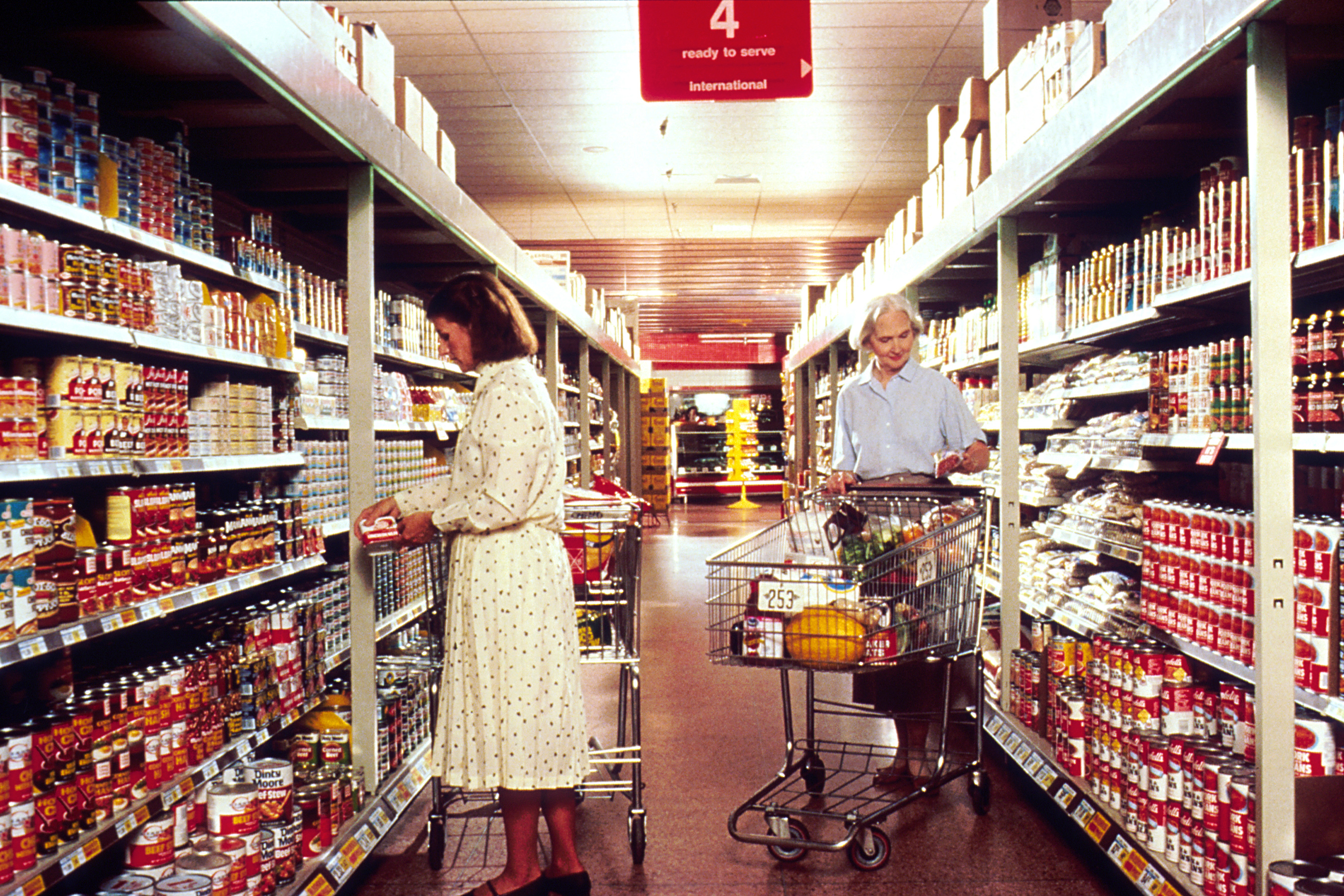Sometimes we sit down in our homes and think "How did I end up with all of this stuff!?" Whether its a lack of organization, or just a lot of trinkets here and there, clutter can build up over time. If you've decided that you've had enough, check out "7 Simple Tips To Help You Declutter" below!


1. Set the mood.
If you have a diffuser, fill it with uplifting essential oils such as grapefruit, lemon, or Elevation blend. These pleasant aromas will help you tackle the emotions that would otherwise distract you and keep you from accomplishing your goals. Our sense of smell is the only sense directly related to our brain, and aromatherapy can really change your mood!
2. Get the tunes going.
What kind of music will get you revved up or in great spirits?
3. Set a goal.
Begin small. One room, one closet or even one pile at a time. If you think about the entire picture, you may get overwhelmed. At least I do.
4. Take inventory.
Get a piece of paper and take note of what you have and what you can get rid of. My rule of thumb: if I haven't worn it, or used it in at least a year, it's time to say bye-bye.
5. Think about the most efficient way to organize.
How would you like things to be displayed? Do you need hangers or organization mechanisms such as dividers, shelving, boxes or crates? Get those before you start so that you have somewhere to put your items. (It's imperative that you plan ahead and get what you need before you tackle that clutter).
6. Complete one project at a time.
Stay put and complete one project at a time. Don’t move into a second area before you finish the first. If you're reorganizing a pantry, stay there. If you're reorganizing the folders in your mail program, don’t go into the pantry. Starting in smaller piles will again, keep you from getting overwhelmed.
7. Don’t get distracted.
Leave your phone out of the room. Leave all media out, with the exception of music. Keep the tunes flowing. Only leave for bathroom breaks and do it until it is done.
Photo Credit: Shutterstock.com
Original Article Here: http://bit.ly/19VysOu





